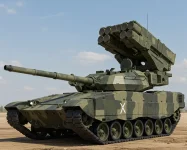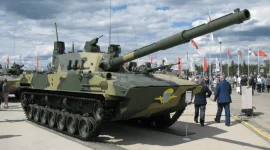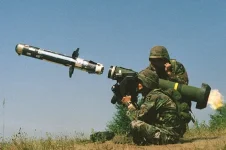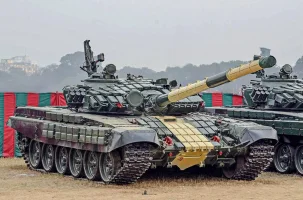- Views: 681
- Replies: 5

The Indian Army is exploring ways to modernize its aging fleet of ZSU-23-2 anti-aircraft systems, with a focus on converting them into self-propelled units to better counter modern aerial threats such as drones and low-flying aircraft.
The ZSU-23-2, a Soviet-era twin-barreled 23mm autocannon, has long been a staple of India's air defence forces. However, its current towed configuration limits its mobility and responsiveness on the modern battlefield.
By transforming these guns into self-propelled systems, the army aims to significantly enhance their deployment speed and flexibility. This would allow units to quickly reposition the weapon systems in response to evolving threats, providing a more dynamic defence capability.
Modernizing existing ZSU-23-2s presents a cost-effective solution compared to procuring entirely new systems.
Furthermore, the relatively simple design of the ZSU-23-2 lends itself to local production, which aligns with India's "Make in India" initiative and reduces reliance on foreign suppliers. This potential for domestic production could also create valuable jobs and boost the Indian defence industry.
The need for a modernized, mobile air defence system like the upgraded ZSU-23-2 is particularly crucial given the increasing proliferation of drones and the diverse terrain along India's borders. The enhanced mobility and responsiveness of a self-propelled ZSU-23-2 would be invaluable in countering these threats.
Reports suggest that trials have been conducted to evaluate potential upgrades for the ZSU-23-2, including the integration of electro-optical pods, digital fire control systems, laser range finders, and power-assisted laying systems. These enhancements aim to improve target acquisition and engagement accuracy.
Information regarding these trials, including photos and technical discussions, has been shared on social media platforms like X (formerly Twitter). However, it remains unclear whether these upgrades have been formally adopted, or if the program has faced delays due to technical or budgetary challenges.
Despite its age, the ZSU-23-2 can remain a relevant and potent asset with appropriate modernization. As part of a layered air defence strategy, it could effectively complement more sophisticated missile systems by providing a robust and mobile short-range defence against aerial threats.
By investing in the upgrade and potential domestic production of these systems, India can strengthen its defence capabilities while supporting its growing defence industry.





